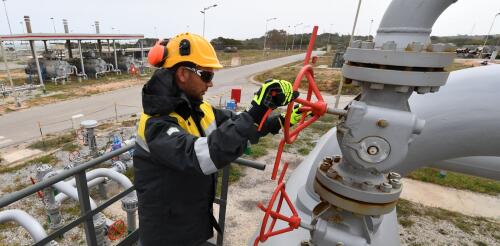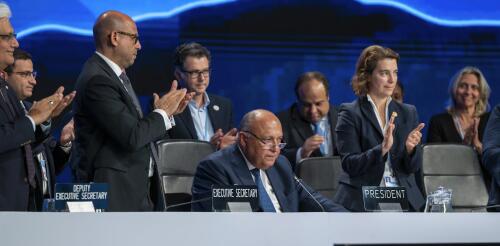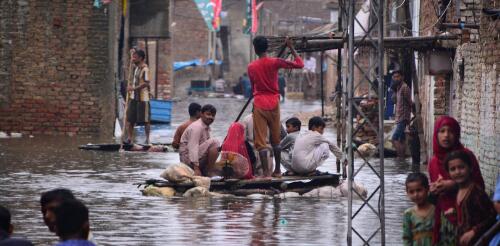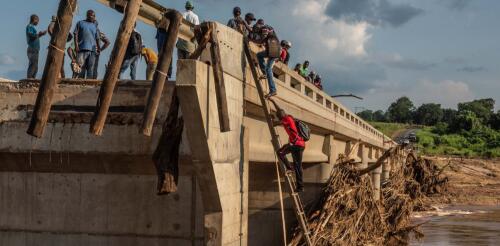Africa
Russia’s war on Ukraine has cast a shadow over this week’s meetings of world leaders at the G-20 summit in Bali and the United Nations climate change conference in Egypt. The war has dramatically disrupted energy markets the world over, leaving many countries vulnerable to price spikes amid supply shortages. Europe, worried about keeping the heat on through winter, is outbidding poor countries for natural gas, even paying premiums to reroute tanker ships after Russia cut off most of its usual natural gas supply. Some countries are restarting coal-fired power plants. Others are looking for ways to expand fossil fuel production, including new projects in Africa. These actions are a long way from the countries’ pledges just a year ago to rein in fossil fuels, and they’re likely to further increase greenhouse gas emissions, at least temporarily. But will the war and the economic turmoil prevent the world from meeting the Paris climate agreement’s lon...
Developing nations were justifiably jubilant at the close of COP27 as negotiators from wealthy countries around the world agreed for the first time to establish a dedicated “loss and damage” fund for vulnerable countries harmed by climate change. It was an important and hard fought acknowledgment of the damage – and of who bears at least some responsibility for the cost. But the fund might not materialize in the way that developing countries hope. I study global environmental policy and have been following climate negotiations from their inception at the 1992 Rio Earth Summit. Here’s what’s in the agreement reached at COP27, the United Nations climate talks in Egypt in November 2022, and why it holds much promise but very few commitments. 3 key questions All decisions at these U.N. climate conferences – always – are promissory notes. And the legacy of climate negotiations is one of promises not kept. This promise, welcome as it is,...
You may be hearing the phrase “loss and damage” in the coming weeks as government leaders meet in Egypt for the 2022 U.N. Climate Change Conference. It refers to the costs, both economic and physical, that developing countries are facing from climate change impacts. Many of the world’s most climate-vulnerable countries have done little to cause climate change, yet they are experiencing extreme heat waves, floods and other climate-related disasters. They want wealthier nations – historically the biggest sources of greenhouse gas emissions – to pay for the harm. A powerful example is Pakistan, where extreme rainfall on the heels of a glacier-melting heat wave flooded nearly one-third of the country in the summer of 2022. The flooding turned Pakistan’s farm fields into miles-wide lakes that stranded communities for weeks. More than 1,700 people died, millions lost their homes and livelihoods, and more than 4 million acres of crops and orchards,...
These days, it’s hard to escape news stories discussing how climate change is contributing to extreme weather disasters, including the recent U.S. hurricanes. Aid agencies are increasingly worried about the widespread damage. A growing question as these disasters worsen in a warming world is how to pay for recoveries, particularly in poorer countries that have contributed the least to climate change. I am a climate scientist who researches disasters, and I work with disaster managers on solutions to deal with the increasing risk of extreme events. The usual sources of disaster aid funding haven’t come close to meeting the need in hard-hit countries in recent years. So, groups are developing new ways to meet the need more effectively. In some cases, they are getting aid to countries before the damage occurs. Disaster aid funds aren’t meeting growing need Countries have a few ways that they typically send money and aid to other countries that need help when dis...



